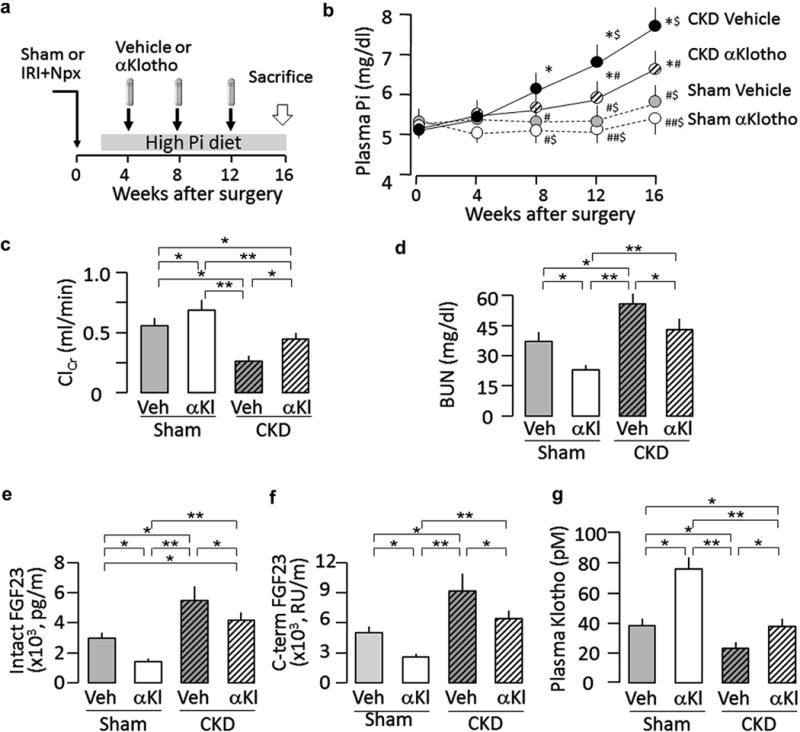Figure 3. Effects of chronic administration of αKlotho (αKl) after established chronic kidney disease (CKD) on plasma phosphate, renal function, plasma FGF23, and plasma αKlotho in CKD mice.

(a) Animal experimental design. Using osmotic minipump implants from week 4 to 16 after induction of CKD. The minipumps contained vehicle (Veh; phosphate-buffered saline) or αKlotho (0.3 μg/g body weight). All mice were fed normal rodent chow or high-phosphate (2%) experimental chow for 12 weeks starting 2 weeks after surgery. (b) Plasma phosphate 0,4,8,12, and 16 weeks after surgery. (c) Creatinine clearance (ClCr) at 16 weeks. (d) Blood urea nitrogen (BUN) at 16 weeks. (e) Plasma intact FGF23 at 16 weeks, (f) Plasma C-terminal FGF23 (C-term FGF23) at 16 weeks, (g) Plasma αKlotho at 16 weeks. Data are expressed as means ± SD of 4 mice from each group, and statistical significance was assessed by 1-way analysis of variance followed by Student-Newman-Keuls test and accepted when: *P < 0.05 versus sham-vehicle; #P < 0.05, ##P < 0.01 versus CKD-vehicle; $P < 0.05 versus CKD-αKlotho at 0, 4, 8,12, and 16 weeks of surgery, respectively, for (b). *P < 0.05, **P < 0.01 between 2 groups for (c–g). IRI, ischemia-reperfusion injury; Npx, nephrectomy; Pi, phosphate.
